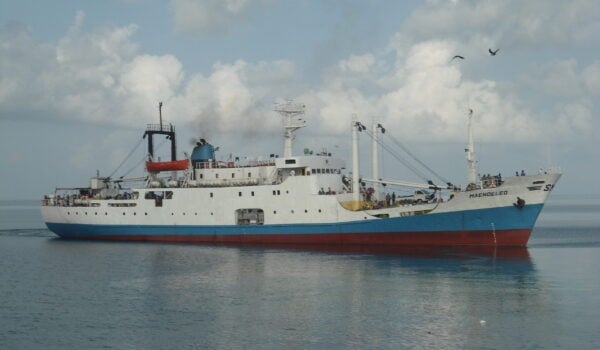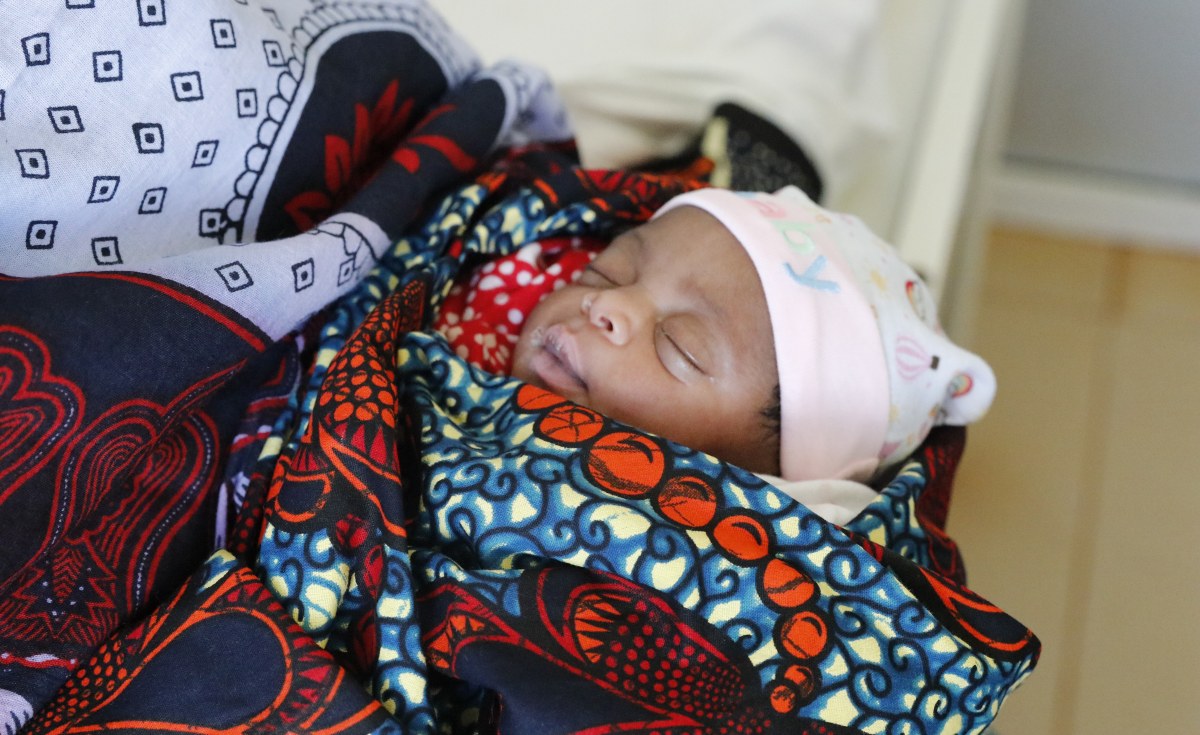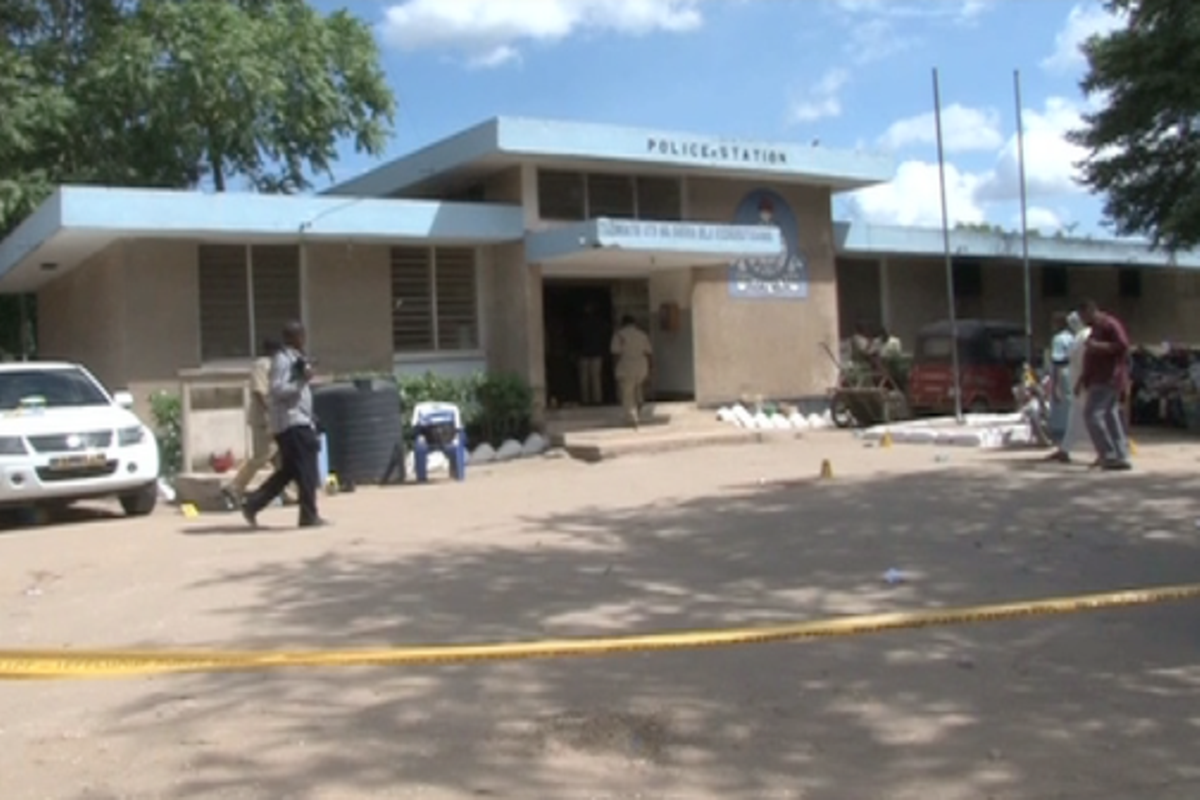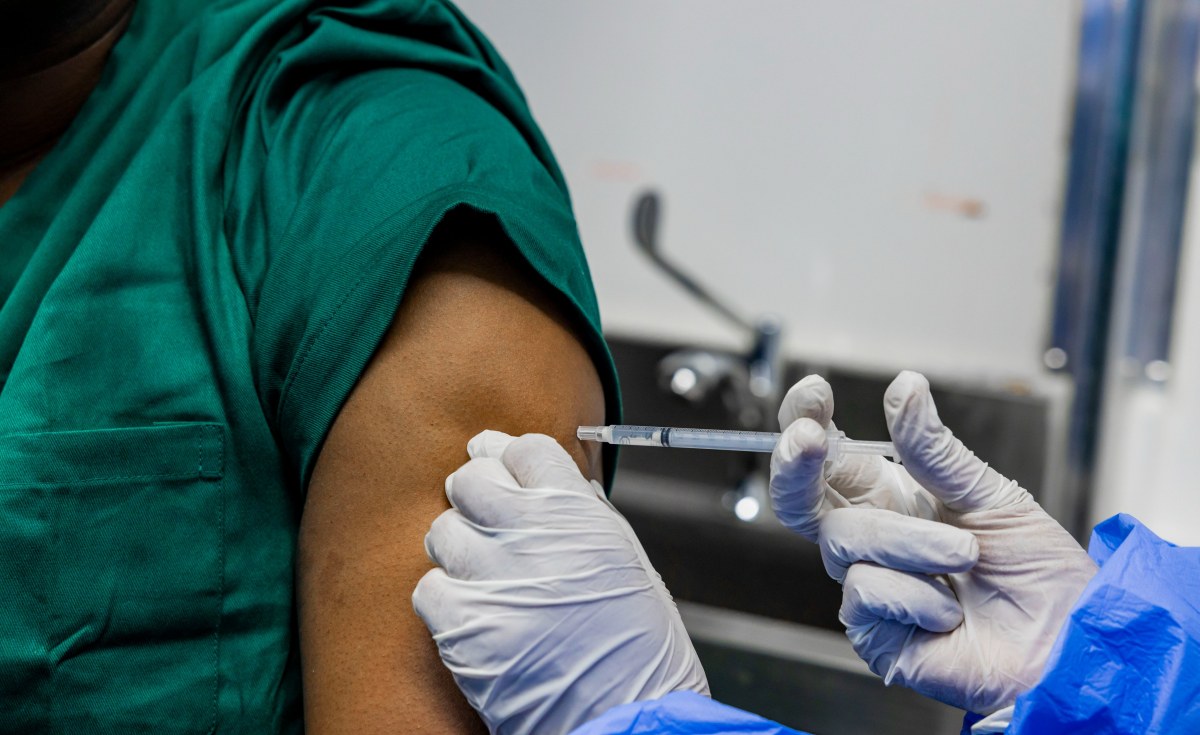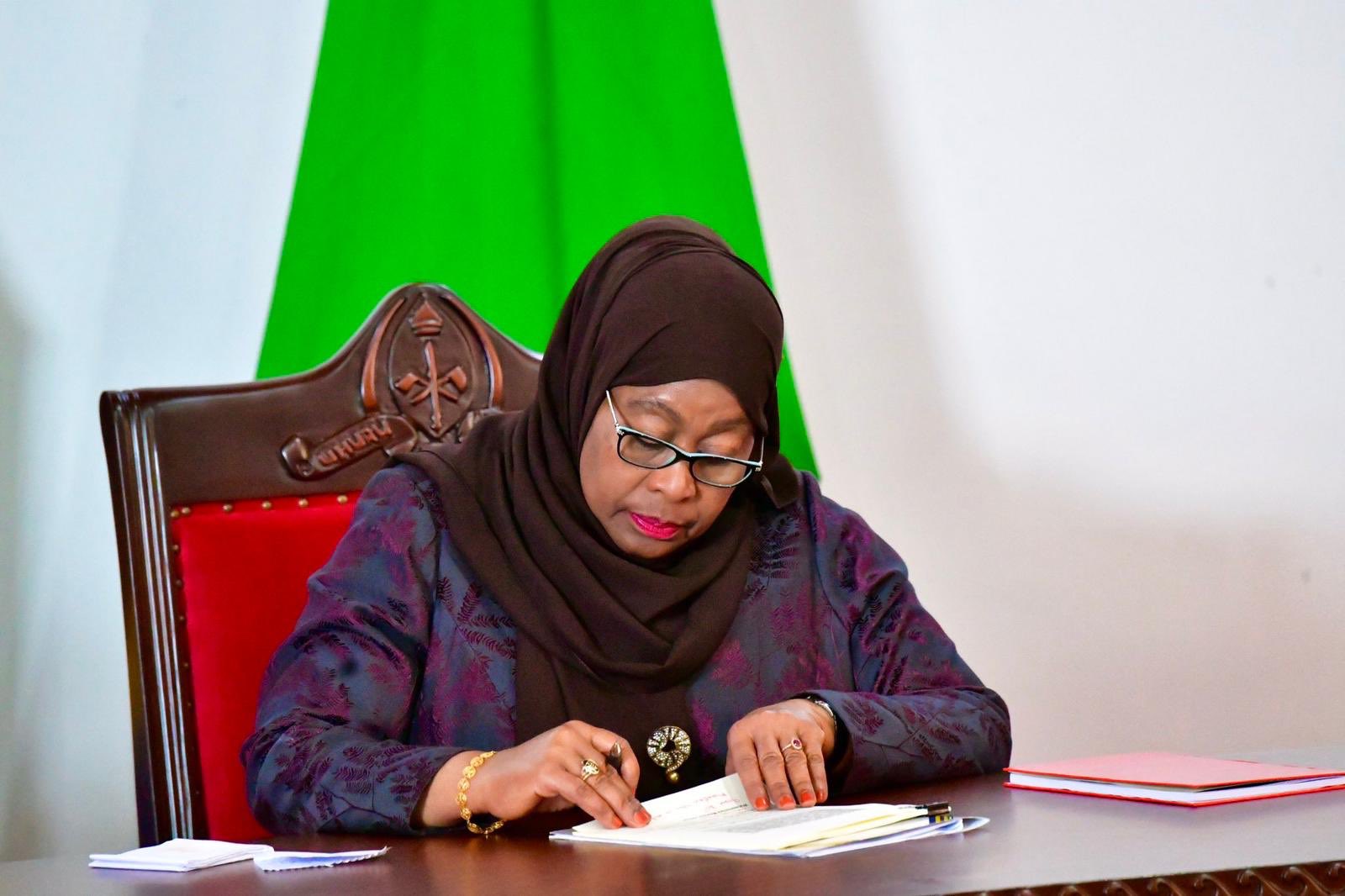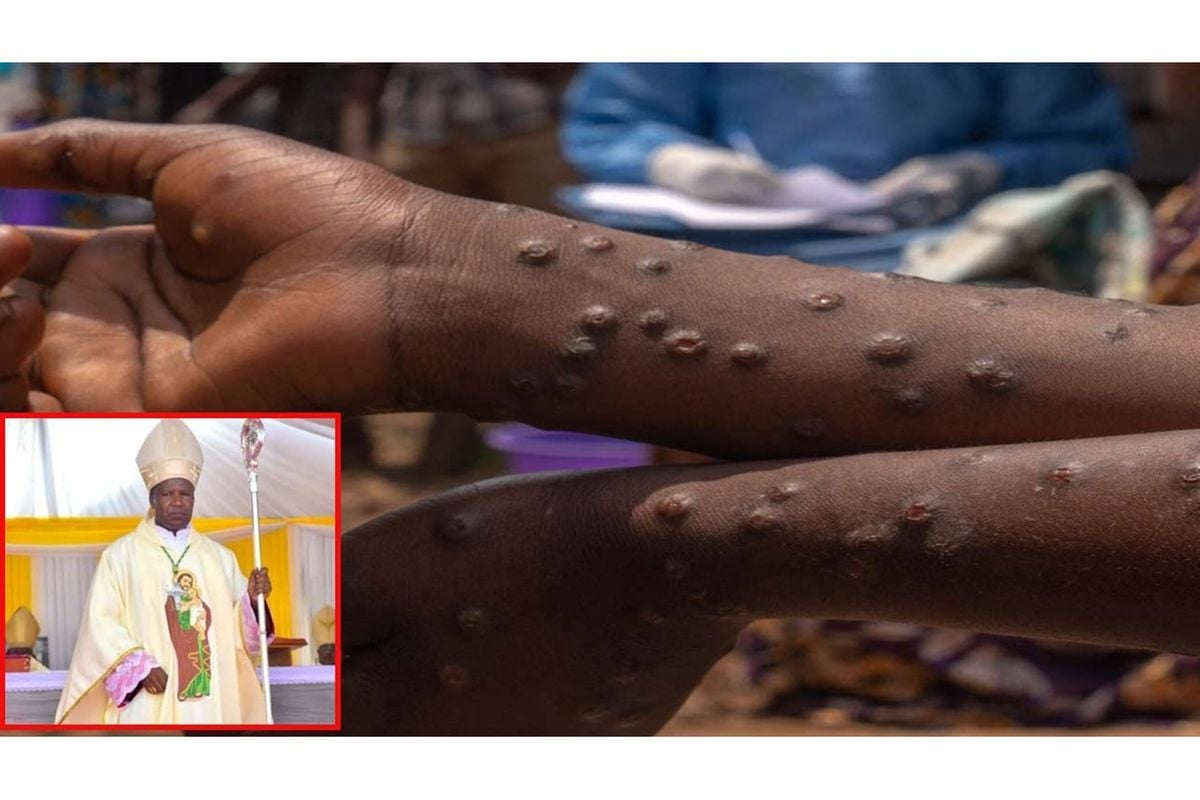The Zanzibar government has sold off a passenger-cum-cargo ship that has been undergoing repairs in Kenya to an undisclosed buyer at $230,000, after running up repair costs of over $1.5 million.
The archipelago’s Transport ministry said that the government had “decided not to continue with the repairs but to dispose of” MV Maendeleo, whose repairs were being done at a dry dock yard in Mombasa. The cumulative expenses had reached $1,554,551, according to the ministry.
The ship’s value had deteriorated from $500,000, according to government-hired evaluators, to $370,000.
In its heyday, MV Maendeleo used to ply the Dar es Salaam-Zanzibar-Pemba route. It had the capacity to carry 600 passengers and 697 tonnes of cargo at a go.
Last May, the Zanzibar Shipping Corporation announced the sale of three vessels — MV Maendeleo, MV Ukombozi and MV Mapinduzi II — on an ‘as is, where is’ basis. The fate of the other two vessels is unknown.
State-owned shipping companies in the region have been struggling to sustain their fleets and face off competition from private operators.
Share this news
This Year’s Most Read News Stories
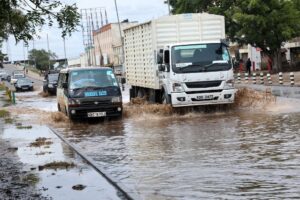
East Africa Must Prepare for More Extreme Rainfall During the Short Rainy Season – New Study
East Africa has recently had an unprecedented series of failed rains. But some rainy seasons are bringing the opposite: huge amounts of rainfall.Continue Reading

Fast Satellite Internet in Kenya by June
Elon Musk’s satellite Internet firm Starlink announced it will launch in Kenya in the second quarter of this year.Continue Reading

US taps Tanzania for infrastructure plan in battle with China for minerals
Washington wants to tap into the country’s minerals, particularly its nickel mines.Continue Reading

